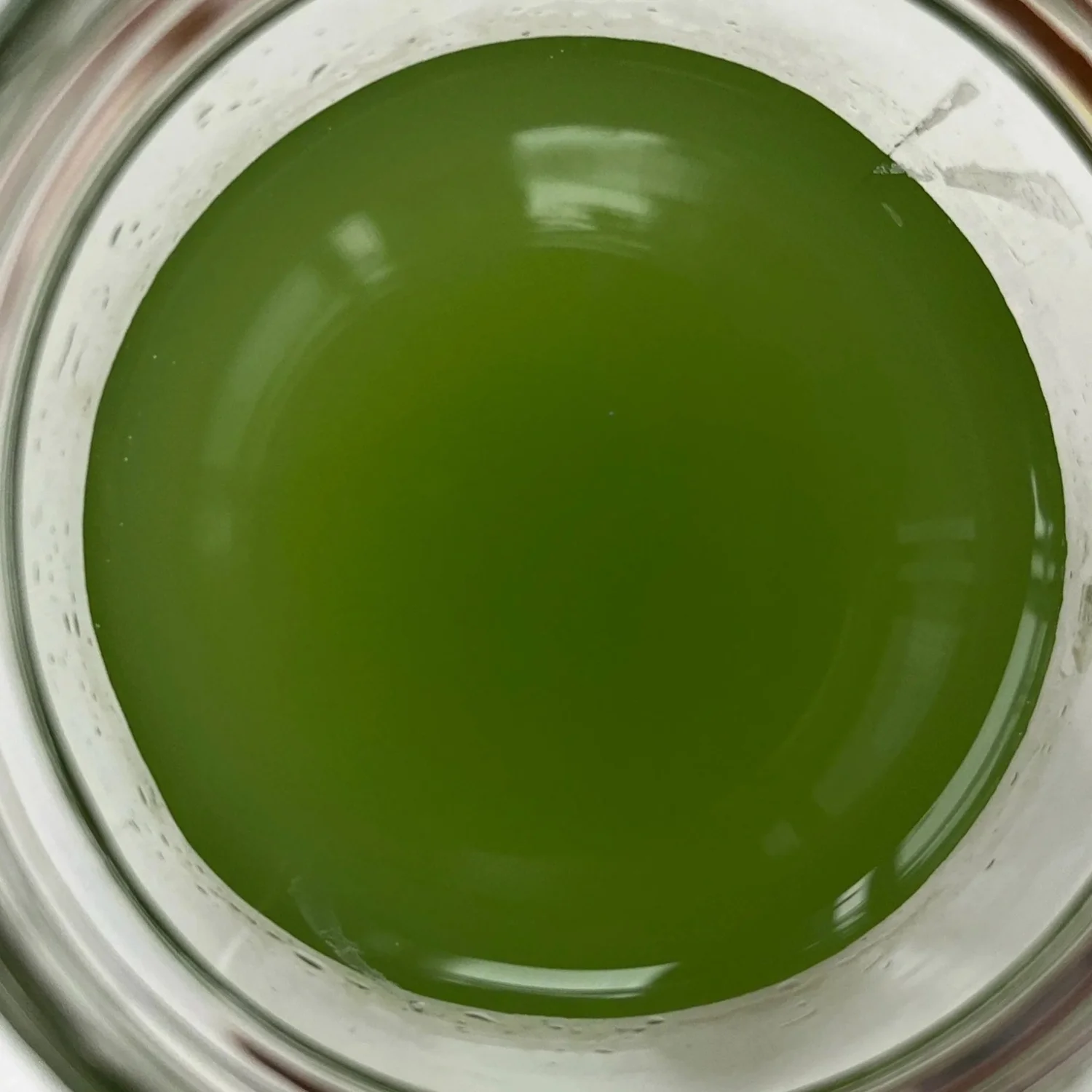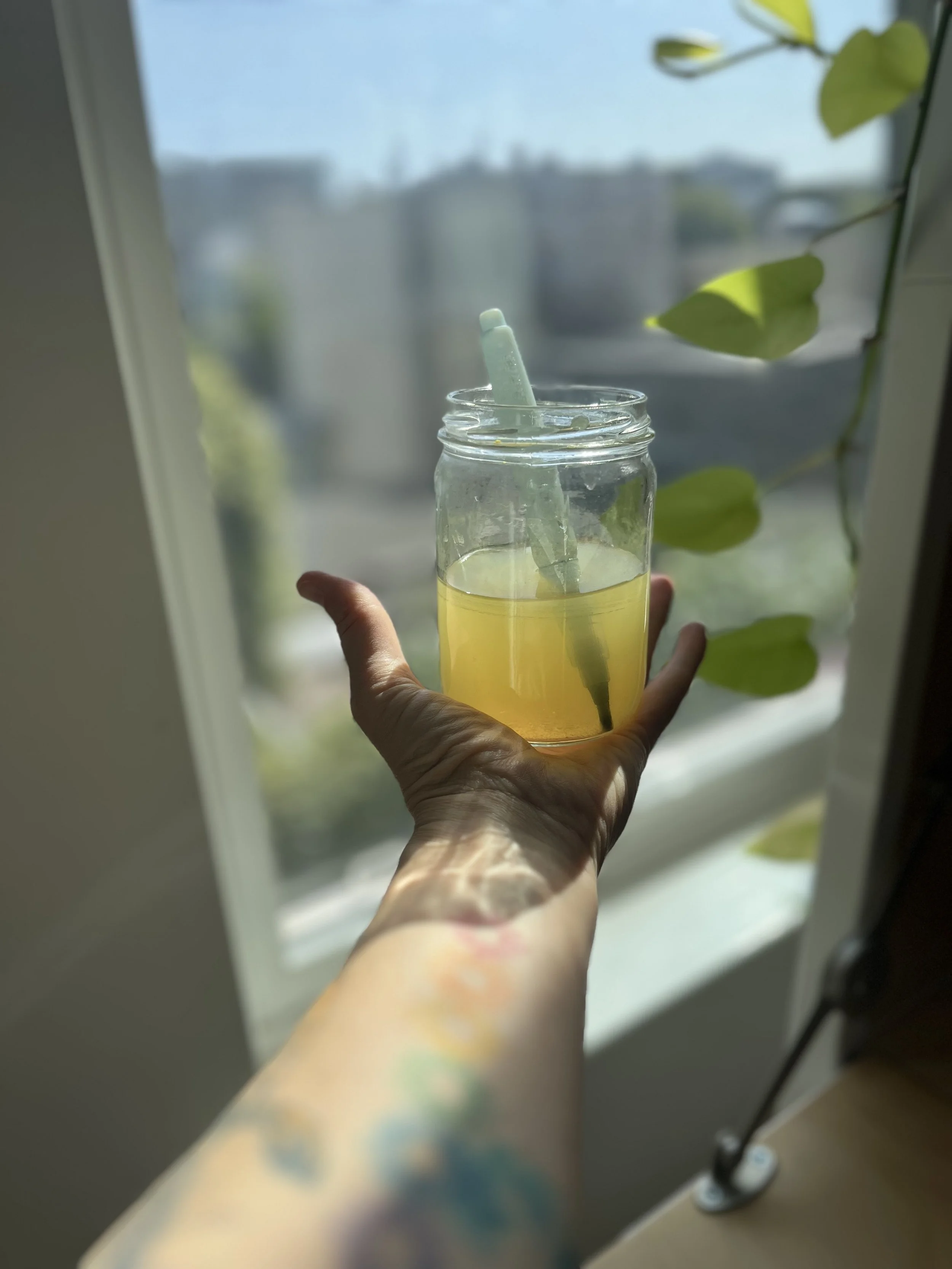Well, it is December!
There is so much to say about this year, but I am going to keep this relatively short.
Join me for the Expressive Arts Lunch group, where all therapists/helpers/healers can learn to incorporate creative expression with their clients. If you're a parent of a former client, you're welcome to come. If you are a friend, you can also come. It’s today for FREE, and the rest of December, pay what you can.
Typically, I don’t blend professional offerings with former clients, but this is a sweet, short group, one hour only, and you might take away some skills to use with your family during this holiday time. If you are a former client or parent of a client, you don’t need to disclose that in this group. It is a support group. It is not therapy.
What you need: come with your own art supplies. Sign up today, and PLEASE let me know if your schedule changes by emailing: bridget@bridgetbertrand.com
All the information is available on the sign-up below. We are currently meeting from 12:00-1:00 PST on the remaining Tuesdays of the year.
Click below to sign up for the Zoom link
also all the info. is here:
bit.ly/personcenteredcultivation
(an easy-to-remember and share link if you wish).
Have you been thinking of joining my current work, and now you know you want to continue throughout December? Sign up here:
https://www.bridgetbertrand.com/sessions
You will pay $45 today, and we can discuss whether this is what you can afford for the sessions. If you can pay more, that is the “fair” cost for the weekly sessions, and 12/2 is FREE!
Here are some thoughts about how I approach the Person-Centered Expressive Arts: it is for you; it can be magical; we will invite breath and compassion, and aim to be gentle with ourselves. I believe, as many before us have suggested, if we are not mindful, we won’t really benefit as much from the expressive arts, so I weave meditation into the art invitation. You may know Natalie Rogers, but in case you don’t, she is the founder of this particular technique: https://www.psychotherapy.net/article/expressive-art-therapy
Here is one offering for now, so you can feel it in your bones.
Stop reading this blog/invitation and gather any creative supplies you have nearby. Write an inspirational sentence to yourself in your notes app on your phone or on a physical piece of paper. So retro.
Try to stop once daily for 5 minutes, and then, little by little, we can add a cultivation/creative habit in as well.
Cultivating time for creativity has so many benefits.
If we want to support our clients and our family in a creative habit (or any habit), we need to do the same. I am here to tell you I don’t really love the word "habit," and yet a commitment is pretty vital in these times.
Don’t have any craft, journaling, art supplies around before you attend the group - gather them up, head to Scrap Fabric if you are near San Francisco, it is my favorite for finding inexpensive art supplies.
Can’t come when you are seeing this, don’t worry, we will gather again soon. Click the Zoom registration to check the dates (every Tuesday left in 2025).
Practice journaling, line-making, scribbling, etc. If you need to burn the paper afterward, it's okay. Crumple it up, shred it, or hang it up; it is a person-centered practice 😉
Photo ID: The photo above shows my arm, outstretched, with circular chakra tattoos. I am holding a glass with yellow watercolor water. I have a deep love of a watercolor paint brush, water, almost as much as the mark the brush makes on paper.
💓 more powerful practice invitations to use before we meet
This is the beginning process of dropping into a more profound sense of ourselves, and it is one way to invite your clients into this practice.
Sit in front of your journal and ask...
Who are you today?
Who do you want to be?
Who are you becoming? Another way to ask is, “…where are you now and where do you want to go?” - Natalie coined this one, we think, but obviously humans have been asking themselves this question for a while.
And there are more practices on my Instagram at: @expressive_arts_work please follow me there.
There are no right or wrong answers to any of these invitations.
When we come together in the practice we can…
Come to play
Embrace drawing hearts - literally and figuratively
We can draw rainbows, trees, and lines. We can scribble, sing, sway, or keep our cameras off
Invite your inner kindergartners. It is ok not to draw, it is ok not to move, you don’t have to talk
We won’t judge ourselves or others to the best of our ability
I am passionate about cultivating a daily/almost daily art practice.
I am so happy that I'm in touch with my inner kindergartner
I keep art supplies in every room of my house, and I love to ask my art journal, “What do you need now”?
Over time, we can dig deep... can you draw a deep hole? What part of you would be in there, and what part knows the sun? Imagine you can feel the sun now; what part wants to be in the sun, and what part wants to hide? The questions are endless.
We look at ourselves and think about how we will do this healing work.
Can you look at yourself in the mirror today and say, "I am doing healing work?”
Are you ready?
If not, that is ok! Save this for later.
Please pass this along and email me with any questions.
Peace and much love at this time! Bridget
Like what you see here, please pass it along 😉


